Ancient Psychedelia: Alien Gods & Mushroom Goddesses
Online Book - Chapter 14, Page 283
Back to Online Book Mainpage / Next Page (Chapter 14, Page 284)
In fact, many of Mary’s depictions from the earliest known to the most recent portray her either with a red ridged mushroom cap veil all around her (68a); with a scarlet veil or shawl around her neck and head (68c); with a dress that is red with white dots (68b, d, e, g), or her body is entirely shaped to reflect the mushroom itself (68f, g, h).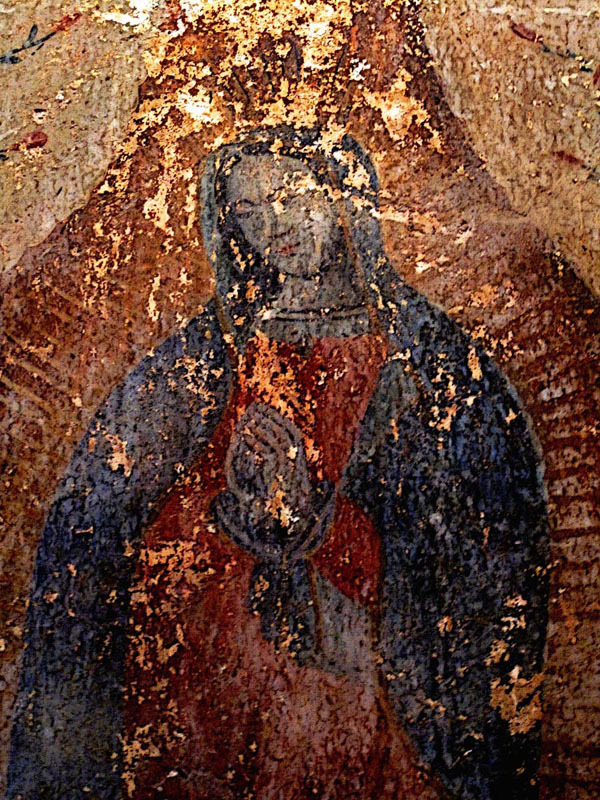 (68a) Virgin of Guadalupe appears at the Convent of San Agustin in Yuriria c. 1550-1650 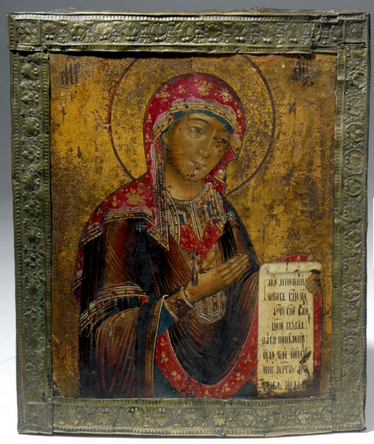 (68c) Virgin Mother. Eastern Europe, Russia c. 1800-1900 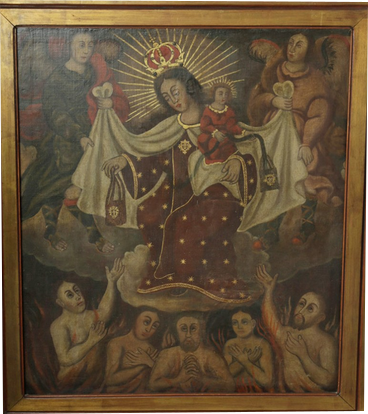 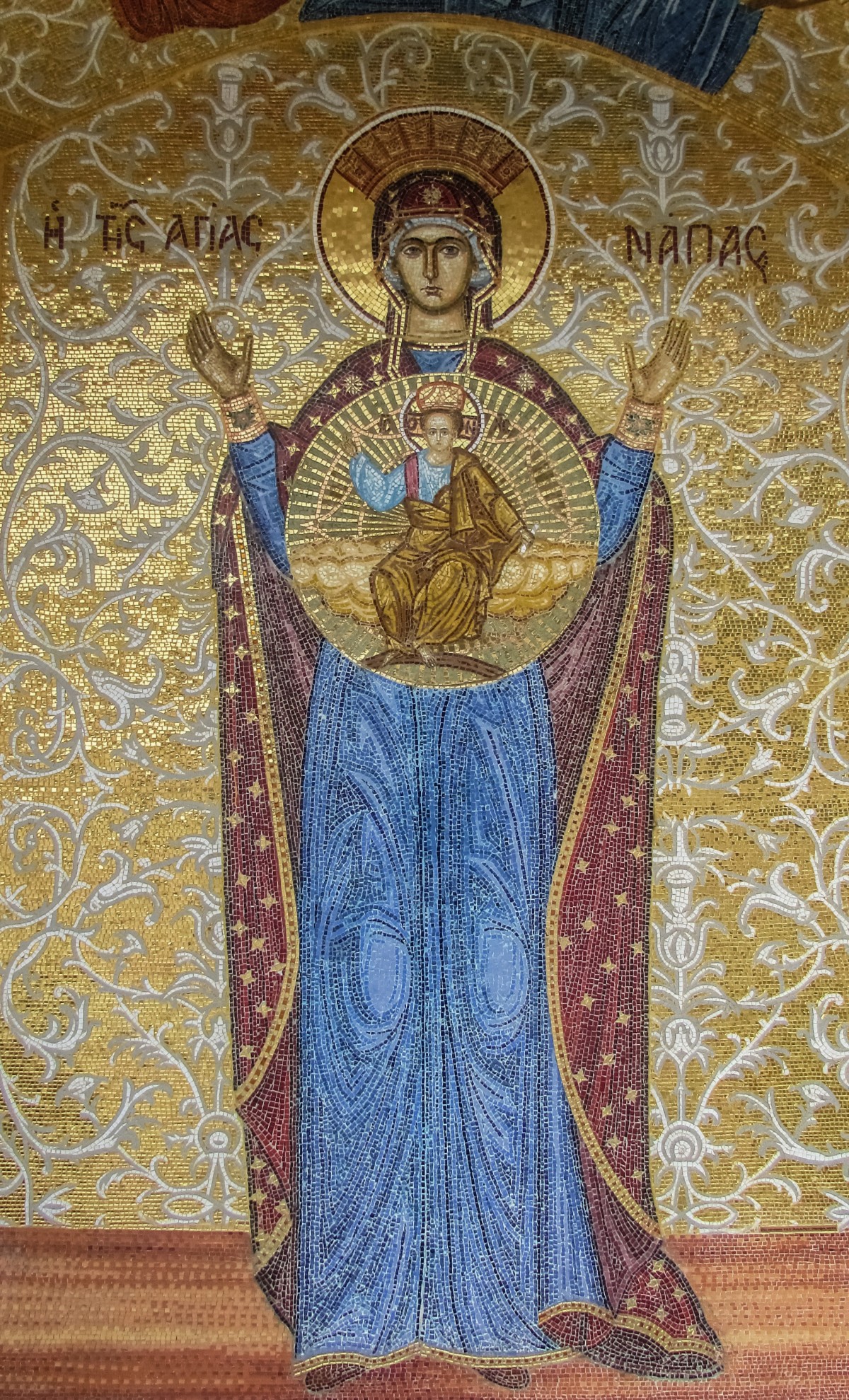 (68b, d) Virgin Mary The Feast of the Assumption which celebrates Mary’s ascent into heaven following her death, is celebrated on August 15th each year and is traditionally celebrated all over the world in Catholic countries like Ireland, Lithuania, Scotland and the Island of Malta. |
Ferragosto is an Italian holiday celebrated every August 15th going back to the days of Rome, and likely beyond that. It’s a festival of fertility in the mid-summer, celebrating the end of hard labor in the fields. It was originally held in honor of Diana, the Roman goddess of the night, the moon and the hunt. The month of August also honored the gods Vortumnus (god of the seasons, change, and plant growth) and Opeconsiva (goddess of planting and the crops). (135) 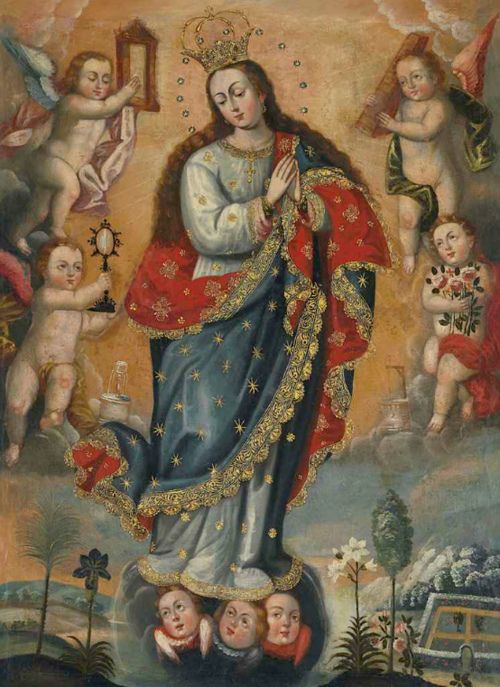 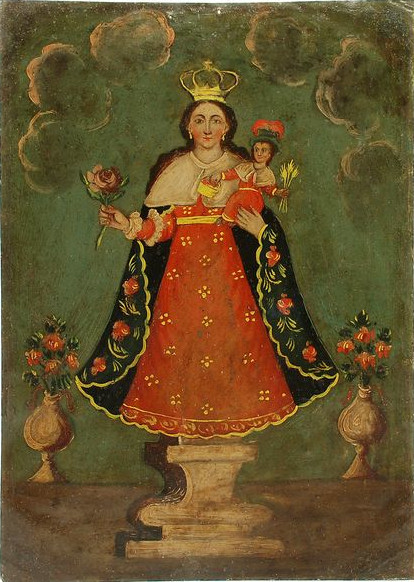 R: (68g) Our Lady of Atosha c. 1800-1900 In the early Christian church, women assumed the offices of bishops and priests as well as those of prophetesses. (136) These offices, however, excluded much of Phrygian ritual practice which had previously been allowed to women. (137) The first feasts dedicated to Mary in the 4th century (The Annunciation and Presentation), were primarily festivals of Christ. Churches were first dedicated to Mary in Rome in the 4th century as well. (138) At the Council of Epheseus in 431 AD, the church formally recognized Mary as the “Mother of God” (theotokos ) and “Mother of Jesus,” following a long debate within the church regarding the role of Mary being the real mother of Jesus or not. A debate that had gone on since the time Athanasius argued for the same position at the Council of Nicaea in 325 AD. (139) Communication with the gods and goddesses in one form or another was still believed in and indulged in even within the Roman army in the 4th century of Imperial Rome. The Collyridians were a 5th century sect of zealot women who favored the worship of the Virgin Mary. Epiphanius writes, “Certain women there in Arabia have introduced this absurd teaching from Thracia: how they offer up a sacrifice of bread rolls in the name of the ever-Virgin Mary, and all partake of this bread.” (140) (135) Language of the Goddess, p. 159; https://www.ferragosto.com/home/history/ (136) Origen, Ap. Cramer, Cat. v, 279; Cyprian, Ep. lxxv, 10' Epiphanius, Haer., xlix, 2f.), though their functions were very limited. (de Virg. Vel., 9 (137) Cult of the Mother Goddess, p. 195-96 (138) ibid, p. 254-55; e.g. Santa Maria Maggiore, Santa Maria in Trastevere, and Santa Maria Antiqua (139) ibid, p. 205; https://www.ewtn.com/library/papaldoc/jp2bvm37.htm (140) Hebrew Goddess, p. 152; Panarion 78:13 |
Go Back to Page 282